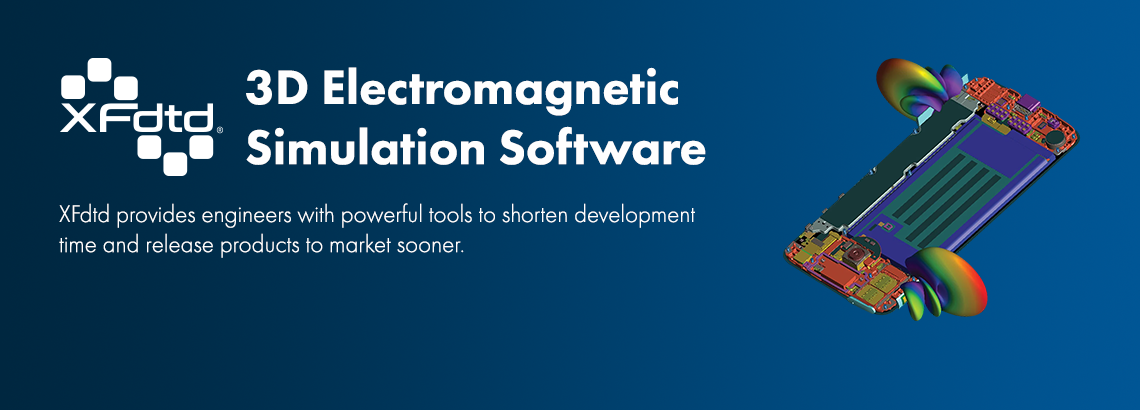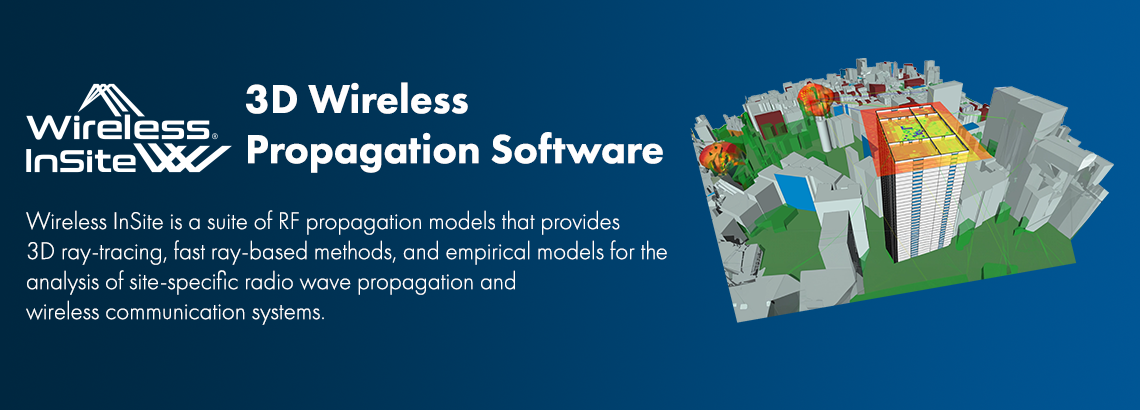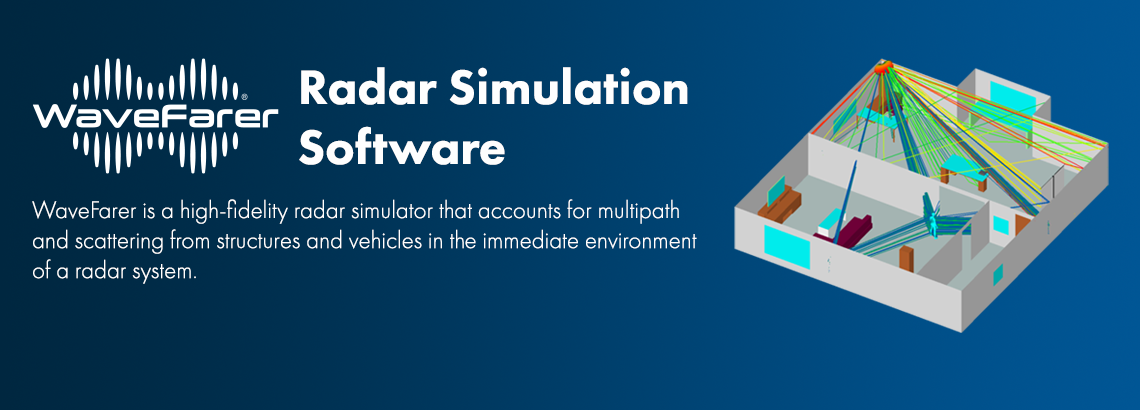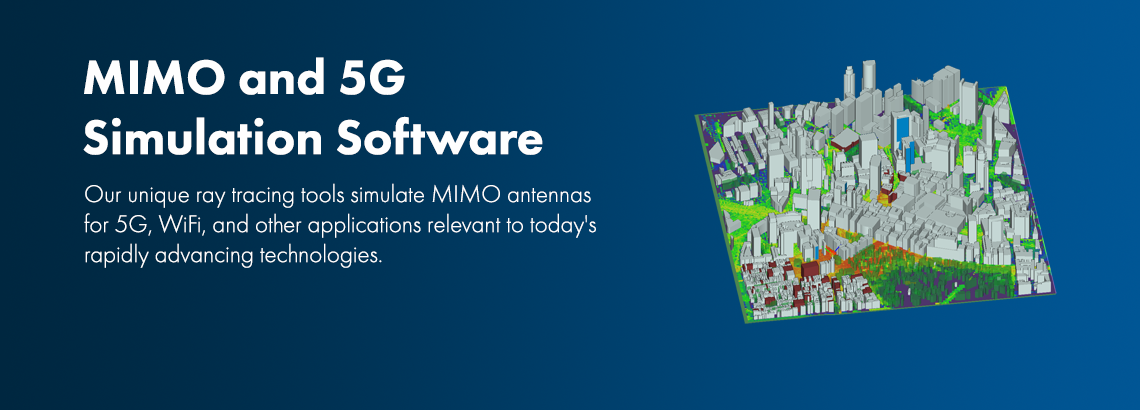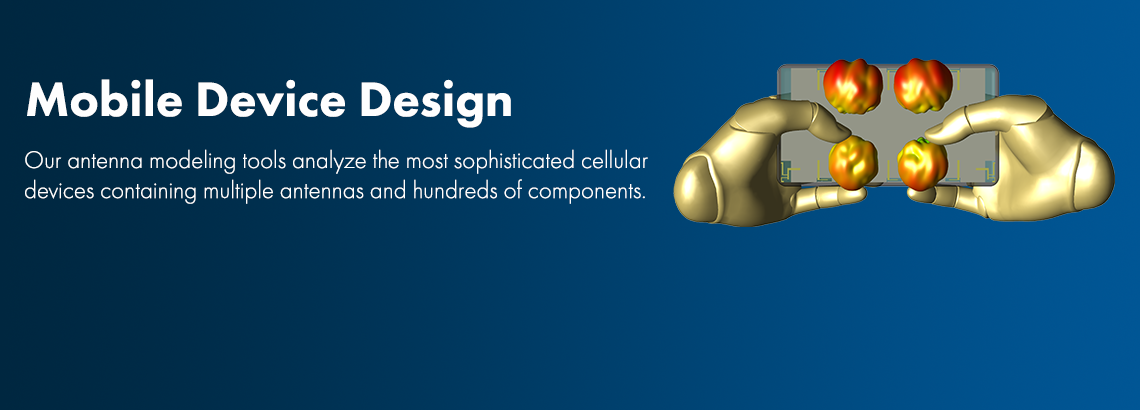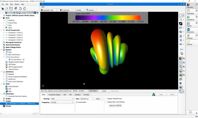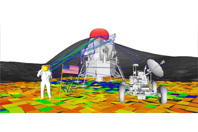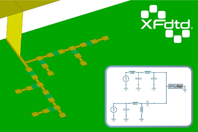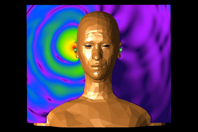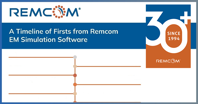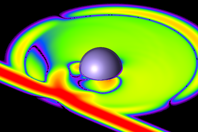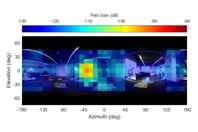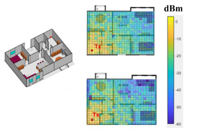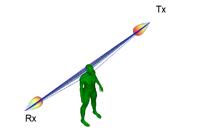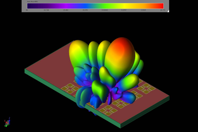
ABOUT US
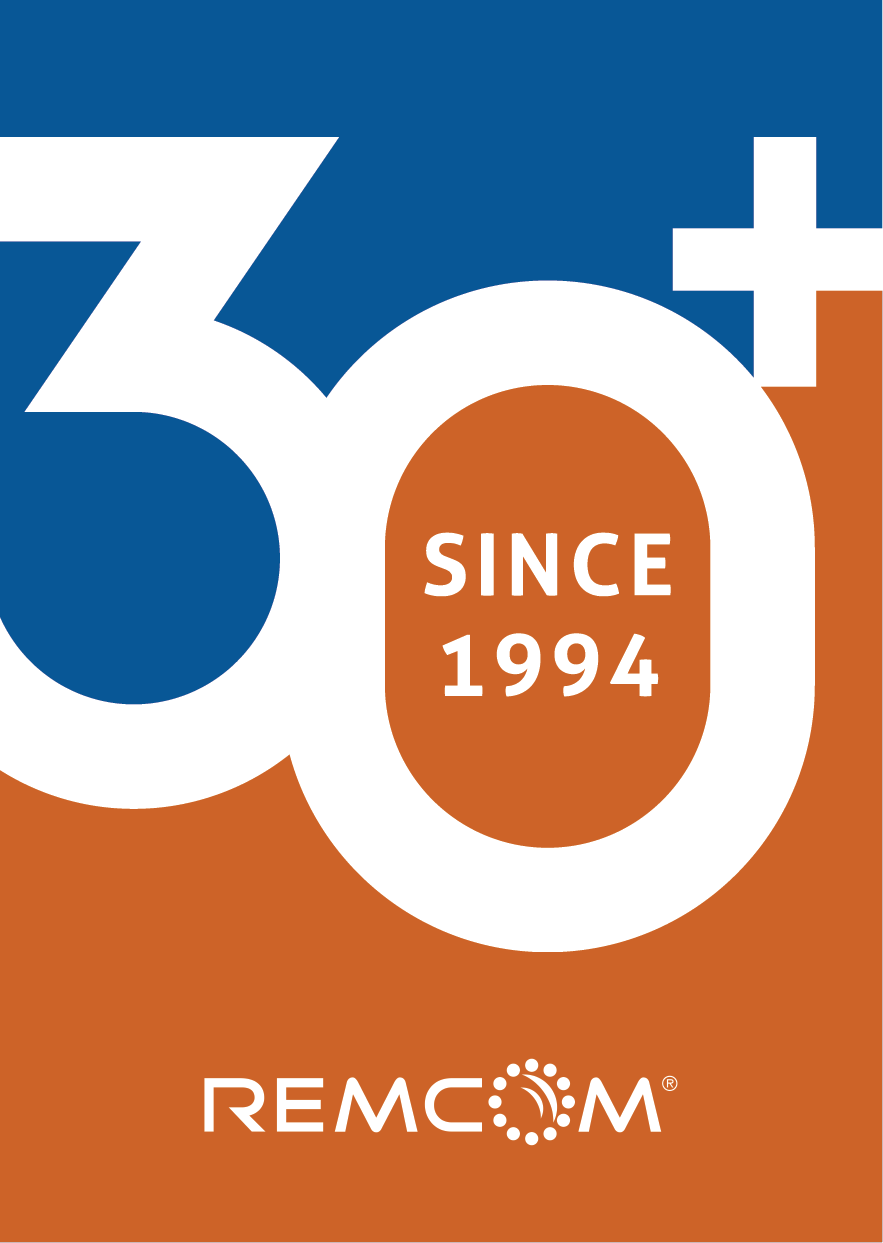
Remcom provides electromagnetic simulation and site-specific radio propagation software for analyzing complex EM problems and antenna propagation. We empower design engineers with unique solutions for navigating today's rapidly changing technologies.
Remcom’s products simplify EM analysis for a wide variety of applications including antenna design and placement, 5G MIMO, biomedical applications, SAR validation, microwave devices and waveguides, radar/scattering, wireless propagation, military defense, automotive radar, and more.
Our Family of Products Includes:
 XFdtd is full wave 3D electromagnetic simulation software for modeling and analyzing EM field simulation in complex, high-fidelity devices.
XFdtd is full wave 3D electromagnetic simulation software for modeling and analyzing EM field simulation in complex, high-fidelity devices.
 Wireless InSite is site-specific radio propagation software for analyzing wireless communication systems, wireless networks, sensors, radars, and other devices that transmit or receive radio waves.
Wireless InSite is site-specific radio propagation software for analyzing wireless communication systems, wireless networks, sensors, radars, and other devices that transmit or receive radio waves.
 XGtd is high frequency GTD/UTD based software for the design and analysis of antenna systems on complex objects such as vehicles and aircraft.
XGtd is high frequency GTD/UTD based software for the design and analysis of antenna systems on complex objects such as vehicles and aircraft.
 WaveFarer is a high fidelity radar simulator for modeling radar systems at frequencies up to and beyond 100 GHz.
WaveFarer is a high fidelity radar simulator for modeling radar systems at frequencies up to and beyond 100 GHz.
FEATURED PUBLICATIONS
-
XFdtd’s schematic editor enhances engineering design with intuitive creation, analysis, and optimization, integrating full-wave simulations to refine performance, streamline workflows, and improve efficiency in antenna and circuit design.
-
Implementing zero-prototype design phases by using simulation can make high-functionality product development faster, more accessible, and less costly.
-
Join XFdtd's product team for a comprehensive overview of XFdtd's schematic editor, including recent updates like optimization of component values, impedance and aperture tuners with tune codes, and system efficiency results.
-
XFdtd simulations reveal that most electromagnetic energy between headphones travels around the human head, with minimal coupling through tissue, influenced by specific configurations and materials.
-
For 30 years, Remcom has set innovation standards in EM simulation, offering XFdtd® and Wireless InSite® software to optimize device designs and wireless systems.
-
This paper discusses the FDTD method to simulate the behavior of plasma materials using Remcom’s XFdtd 3D EM Simulation Software and presents validation in one and three dimensions.
-
In this paper, results are presented of propagation experiments conducted to verify the accuracy of a novel ray-optical scattering model for EES.
-
In this paper, we develop a fast and approximate prediction scheme for indoor path loss using digital image processing, geometrical optics, and transport theory.
-
This article uses WaveFarer to investigate computational electromagnetic methods based on ray-tracing.
-
In this example, a satellite antenna originally designed for X-band operation is modified to reduce the overall size, allowing it to fit on a mobile device.
CONTACT INFORMATION
Remcom, Inc.
315 S. Allen Street
State College, PA 16801
UNITED STATES
Phone: (814) 861-1299
Fax: (814) 861-1308
MONTHLY NEWSLETTER SUBSCRIPTION
Subscribe to XSite, Remcom’s monthly e-newsletter, to receive product announcements and news, technical articles, support tips, and to be notified of upcoming events and training opportunities.
Subscribe to Remcom's newsletter here.
PRODUCT HIGHLIGHTS
ELECTROMAGNETIC SOLUTIONS
- Lunar Wireless Channel Simulations
- Wireless InSite® Wireless Mobility
- Matching Network Design And Simulation In XFdtd
- Huygens Surface
- Engineered Electromagnetic Surfaces (EES)
- Ray Tracing Simulation And Propagation Methods
- Antenna Simulation Software For Antenna Design And Analysis
- 5G Fixed Wireless Access
- 5G Urban Small-Cell Analysis
- Electrostatic Discharge (ESD) Testing Simulation
- Automotive Radar Simulation Software
- MIMO And Array Design For 5G
- 5G And MIMO Simulation Software
- Mobile Device Design Using Electromagnetic Simulation
FEATURED VIDEOS
WEBINARS
- Model And Simulate Dynamic RF Scenarios Using Time-Based Mobility
- Time-Based Mobility Of RF Systems In Wireless InSite Release 4.0
- Advanced Radar Sensing Simulation To Include Human Detection And Micro-Doppler In Complex Environments
- Overview Of XFdtd's Schematic Editor And Optimization For Matching Network Design
- Market Research Webinar: Group Delay For An Ultra Wide Band Antenna
- Smart Home Device Design And Wi-Fi Connectivity Using EM Simulation
- XFdtd's Transient EM/Circuit Co-Simulation For TVS Diode ESD Protection
- Webinar: WaveFarer Radar Analysis With Diffuse Scattering And Backscatter
- Advancements For Millimeter Wave Antenna Design
- Solutions To Simplify 5G Phased Array Design In XFdtd®
- Webinar: ESD Testing And Damage Prediction Using XFdtd
- Webinar: New 5G Antenna Array Design Features In XFdtd
- Design And Assessment Of A 5G Base Station Using Massive MIMO For Fixed Wireless Access
- Beamforming Simulations To Evaluate Opportunities And Challenges For 5G mmWave And FD-MIMO
- Simulation Of Massive MIMO Beamforming In An Urban Small Cell
- Antenna Design Workflow Using Full-Wave Matching Circuit Optimization Webinar
- Detailed Indoor Channel Modeling with Diffuse Scattering For 5G Millimeter-Wave Wireless Networks
- Intro to Wireless InSite MIMO
FEATURED NEWS
- Remcom Announces Phase Difference For UWB Direction Finding In XFdtd 3D Electromagnetic Simulation Software
- Remcom Receives NASA SBIR For Simulation Of Wireless Channels For Artemis Spacesuits And Lunar Rovers
- Next-Generation Wireless InSite Introduces Innovative Time-Based Mobility Of RF Systems, Lunar Propagation And Wideband Ray-Tracing

